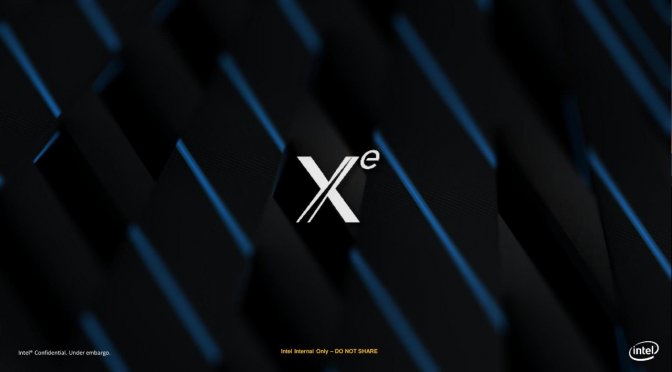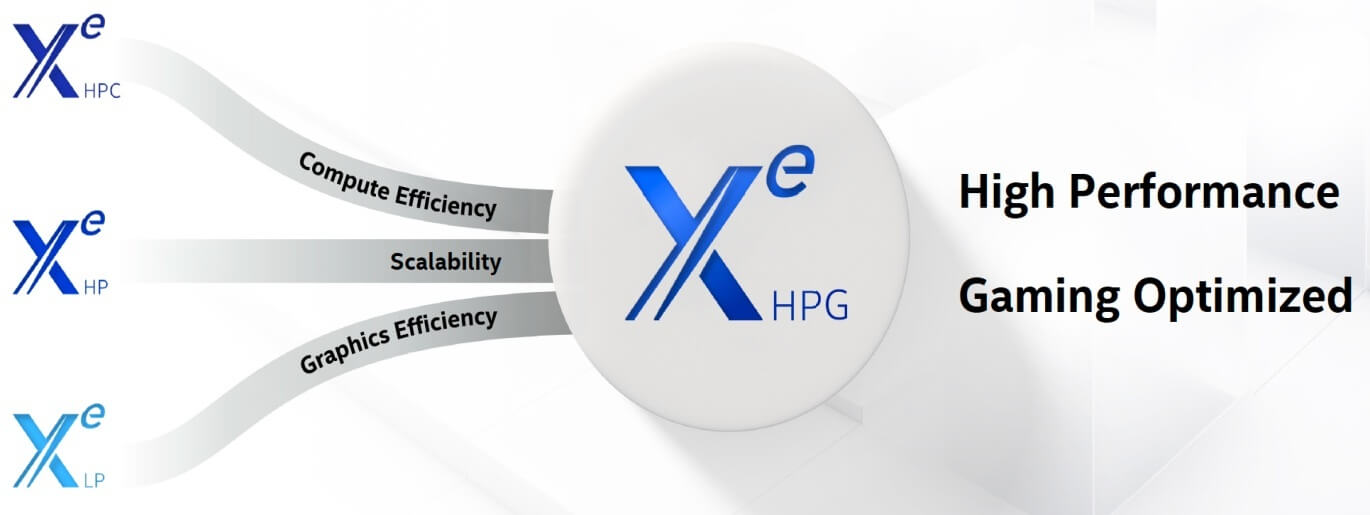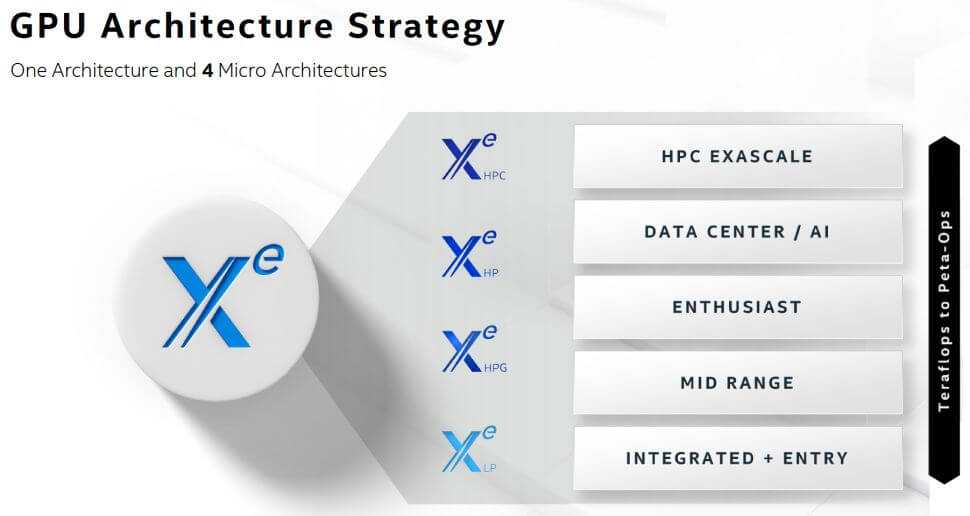In preparation for next year’s Xe HPG graphics cards, Intel’s open-source developers have begun publishing their patches enabling their ANV Vulkan Linux driver to support ray-tracing.
The free Vulkan Linux driver from Intel will support ray tracing in the future. This serves the upcoming Xe-HPG cards from Intel. Intel recently taped out its first discrete Gaming GPU, the Xe-HPG ‘DG2’ graphics processor.
Intel’s Xe-based discrete GPUs will most probably land up next year, and one of the included features will be the support for hardware-accelerated RTX/ray tracing. According to a recent report from Phoronix, Intel is currently working on ray tracing driver development for the Xe HPG discrete gaming cards.
This emerges from patches that the developer Jason Ekstrand has proposed for inclusion in the Mesa 3D user-space library. Jason Ekstrand has posted the initial code to get ray tracing functioning in Intel’s Xe GPUs, and Intel has already approved some of his code, and more of it is on its way.
As Phoronix noted, this is in preparation for next year’s Xe HPG graphics card that will feature hardware-accelerated ray-tracing.
According to Ekstrand, this is initially about the support of ray tracing for Intel’s shader compiler in Mesa. “This is the first of many to add ray tracing support to the Intel Linux Vulkan driver,” wrote Ekstrand. However, a large amount of additional code is still pending in order to actually have a ready-to-use ray tracing driver in the end.
Jason posted the initial ray tracing code for ANV in order to support “VK_KHR_ray_tracing” extension on Intel’s upcoming hardware, or its discrete GPUs. Intel will use the latest Khronos ray tracing specification for its driver.
Khronos is responsible for creating open-source ray-tracing extensions for the Vulkan API, and has been constantly updating the API as well. The advantage of using Khronos’ extensions is that it’s all open source, and it’s generally cheaper.
“Among other big ticket items still to come in the near-term includes extending the ANV driver to support compiling and dispatching OpenCL kernels, new SPIR-V capabilities, and generic pointer support. Also needed are the actual support for compiling ray-tracing pipelines, managing acceleration structures, dispatching rays, and the platform support.
The actual exposing of the support won’t come until after The Khronos Group has firmed up their VK_KHR_ray_tracing extension. Some of this Intel-specific Vulkan ray-tracing code may prove useful to Mesa’s Radeon Vulkan “RADV” driver as well. Intel engineers have been testing their latest ray-tracing support with ANV internally on Xe HPG.”
At this moment Intel is not focusing on the former NVIDIA-specific ray-tracing extension but may handle it in the future if game vendors continue targeting it rather than the forthcoming finalized KHR version.
Intel reaffirmed that it is working on a full stack of discrete Xe-HPG-based GPUs that will target the mid-range/mainstream and enthusiast gaming market segment sometime next year. Xe-HPG is the enthusiast, and gaming focused GPU architecture, incorporating hardware-enabled features found in similar discrete GPUs like e.g. ray tracing/RTX etc.
This GPU is being manufactured outside of Intel’s fabs, in an external foundry. While the company hasn’t said which fab and process node is being used, but most likely it is being manufactured at TSMC’s facilities.
So Intel has actually used a lot of other third-party IP, such as the memory controller and interface, and display interface to optimize the overall design costs. Intel’s family of Xe-HPG graphics processors will consist of multiple SKUs targeting different market segments spanning all the way from mid-range to the high-end enthusiast level.
Though, Intel hasn’t clarified whether DG2 is a flagship-grade bigger chip, or a more modest, and smaller high-volume part. For now, the company is simply saying that DG2 will “take our discrete graphics capability up the stack into the enthusiast segment.”
Stay tuned for more!
Hello, my name is NICK Richardson. I’m an avid PC and tech fan since the good old days of RIVA TNT2, and 3DFX interactive “Voodoo” gaming cards. I love playing mostly First-person shooters, and I’m a die-hard fan of this FPS genre, since the good ‘old Doom and Wolfenstein days.
MUSIC has always been my passion/roots, but I started gaming “casually” when I was young on Nvidia’s GeForce3 series of cards. I’m by no means an avid or a hardcore gamer though, but I just love stuff related to the PC, Games, and technology in general. I’ve been involved with many indie Metal bands worldwide, and have helped them promote their albums in record labels. I’m a very broad-minded down to earth guy. MUSIC is my inner expression, and soul.
Contact: Email



